Color is fundamental to human experience. We react to it emotionally, associate it with memories, and use it to communicate. But what happens when colors *disappear*? Not just in the sense of fading from a painting, but truly lost to time – the recipes for their creation forgotten, the materials themselves becoming unavailable, or proving too unstable to endure. This article delves into the fascinating, and often melancholy, chemistry of lost colors, exploring their historical significance, the science behind their creation, and the ongoing efforts to recapture their fleeting beauty. We’ll journey through the palettes of the past, uncovering why certain hues vanished and what their absence reveals about the changing world.
The Allure of the Vanished Hue
The idea of a ‘lost color’ isn’t simply about a shade no longer being *made*. It’s about a color that exists only in descriptions, in the faded remnants of artworks, or in historical accounts. It’s a color that once held a specific cultural significance, a color that artists relied upon, and a color whose loss represents a tangible break with the past. The stories behind these lost colors are often intertwined with political upheaval, economic shifts, and scientific discoveries. They are testaments to the ephemeral nature of materials and the constant evolution of human artistry.
Ancient Egyptians and Egyptian Blue
One of the earliest examples of a deliberately created pigment is Egyptian Blue, also known as calcium copper silicate (CaCuSi4O10). Developed in ancient Egypt around 2200 BC, it was a cornerstone of their artistic palette for millennia. The process involved heating sand, copper, and alkali, creating a vibrant, intensely blue pigment. Egyptian Blue wasn’t just aesthetically pleasing; it held symbolic significance, associated with the Nile and the heavens. It adorned tombs, temples, and statues, representing rebirth and the divine.
Interestingly, the recipe for Egyptian Blue was eventually lost, fading from common knowledge after the Roman period. While the knowledge persisted in some parts of the Middle East, it wasn’t ‘rediscovered’ in the West until the 18th century. However, modern chemical analysis has allowed us to recreate Egyptian Blue, providing a glimpse into the artistic capabilities of ancient civilizations. Its stability and relatively simple composition made it a surprisingly durable pigment, though still susceptible to degradation over extremely long periods.
Tyrian Purple: A Dye Fit for Emperors
Moving forward in history, we encounter Tyrian Purple, a dye renowned for its incredible vibrancy and exorbitant cost. Derived from the mucus secretion of predatory sea snails (specifically, the Murex brandaris and Hexaplex trunculus species), producing even a small amount of dye required tens of thousands of snails. This laborious process made Tyrian Purple accessible only to the wealthiest and most powerful – emperors, kings, and high-ranking officials. Its association with royalty and authority cemented its place in history.
The color itself isn’t a true purple in the modern sense, but rather a reddish-purple hue that shifts depending on the light. The chemical complexity of the dye, involving a complex bromination process within the snail, contributed to its stability and brilliance. However, the decline of the Roman Empire and the associated disruption of trade routes led to a gradual decrease in Tyrian Purple production. By the 14th century, its use had largely ceased, replaced by less expensive, though less vibrant, alternatives. Today, recreating Tyrian Purple authentically remains a costly and complex undertaking, preserving its status as a truly ‘lost’ color.
The Rise and Fall of Greens: Verdigris, Orpiment, and Scheele’s Green
Green pigments have a particularly fraught history. For centuries, creating a stable and vibrant green proved exceptionally challenging. Early greens, such as Verdigris (a copper acetate) and Orpiment (arsenic sulfide), were notoriously unstable and often toxic. Verdigris, while beautiful, readily darkened and reacted with other pigments. Orpiment, though providing a brilliant yellow-green, was acutely poisonous.
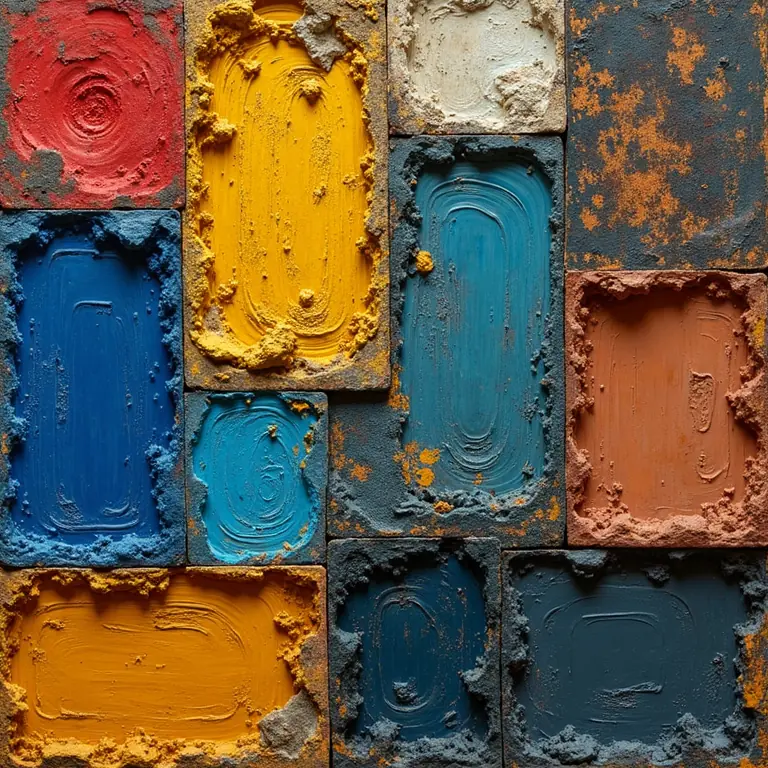
The 18th century saw the creation of Scheele’s Green, a truly revolutionary pigment. Developed by Carl Wilhelm Scheele in 1775, it was the first commercially produced green pigment, offering a bright, stable hue. However, its popularity came at a terrible cost. Scheele’s Green contained a significant amount of arsenic, leading to numerous cases of poisoning among artists, wallpaper hangers, and even those simply living in rooms decorated with it. The infamous case of Napoleon Bonaparte’s wallpaper, believed to be made with Scheele’s Green, has been linked to his declining health.
As the dangers of arsenic became widely known, Scheele’s Green fell out of favor in the late 19th and early 20th centuries, replaced by safer alternatives like Viridian and Phthalo Green. While remnants of Scheele’s Green can still be found in older paintings, its toxicity ensures it remains a ‘lost’ color in practical terms, a cautionary tale about the unintended consequences of scientific innovation. The search for safe and stable greens drove significant advancements in pigment chemistry.
Stradivarius Yellow: The Mystery of the Violin Makers
Not all lost colors are pigments used in painting. The distinctive yellow varnish used by Antonio Stradivari and other famed 17th and 18th-century Italian violin makers remains a subject of intense debate and scientific investigation. This varnish is believed to contribute significantly to the exceptional tonal quality of these instruments. Numerous theories attempt to explain its composition, ranging from the use of propolis (bee glue) to specific mineral oils and resins.
The precise recipe for Stradivarius Yellow has never been definitively identified. Attempts to replicate it have yielded varying degrees of success, with many researchers believing that the specific wood treatment and aging processes play a crucial role alongside the varnish itself. The loss of this ‘color’ – or rather, this coating – represents a loss of knowledge about a unique and highly prized craft. It’s a reminder that artistry isn’t solely about the materials used, but also about the techniques and secrets passed down through generations.
Mauveine: The First Synthetic Organic Dye and its Aftermath
The 19th century marked a turning point in color chemistry with the accidental discovery of Mauveine by William Henry Perkin in 1856. While not precisely a ‘lost’ color, its story illustrates the rapid pace of innovation and the eventual obsolescence of even groundbreaking discoveries. Perkin, while attempting to synthesize quinine to combat malaria, stumbled upon a vibrant purple dye derived from coal tar. This was the first synthetic organic dye, and it sparked a revolution in the textile industry.
Mauveine became immensely popular, ushering in the “Mauve Decade” of the 1860s. However, its reign was relatively short-lived. As chemical research progressed, newer, more vibrant, and more stable synthetic dyes were developed, quickly eclipsing Mauveine. While still produced today, it’s no longer a dominant force in the color industry. The story of Mauveine demonstrates that even seemingly revolutionary colors can be supplanted by even better alternatives.
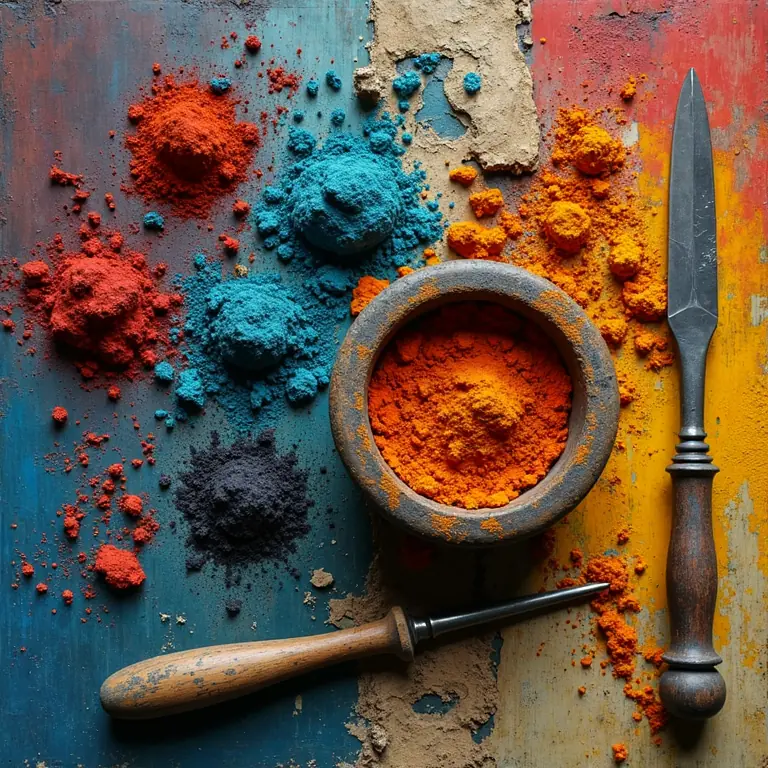
The Challenges of Reconstruction and Preservation
The pursuit of lost colors isn’t merely an academic exercise. Art conservators face the ongoing challenge of preserving artworks created with unstable or fading pigments. Understanding the original colors of a painting is crucial for accurate restoration. Techniques like X-ray fluorescence (XRF) and Raman spectroscopy are used to analyze the chemical composition of pigments, helping to identify the original materials and assess their condition.
Recreating lost colors is a complex endeavor. It requires not only identifying the original materials but also replicating the historical methods of production. This can be particularly challenging when the original processes involved techniques that are no longer practiced or rely on ingredients that are now unavailable. Furthermore, simply recreating the *chemical* composition of a pigment doesn’t guarantee that it will exhibit the same optical properties as the original.
The Role of Digital Technologies
Digital technologies are playing an increasingly important role in the study and preservation of lost colors. High-resolution imaging and spectral analysis can reveal details that are invisible to the naked eye, allowing researchers to reconstruct faded or degraded pigments. Virtual reality and augmented reality technologies can be used to recreate the original appearance of artworks, providing viewers with a more immersive and accurate experience.
Furthermore, computational color science is being used to model the behavior of pigments over time, predicting how they will fade or change under different environmental conditions. This information can be used to develop more effective conservation strategies. The intersection of art history, chemistry, and computer science offers promising avenues for preserving our cultural heritage.
The Emotional Weight of Lost Colors
The loss of a color isn’t simply a matter of chemistry; it’s a cultural loss. Colors are imbued with meaning, symbolism, and emotional resonance. When a color disappears, we lose a part of our collective visual memory. The attempt to recapture lost colors is, in a sense, an attempt to reconnect with the past, to understand the world as it was seen by those who came before us.
The story of lost colors reminds us that even the most seemingly permanent things are subject to change and decay. It encourages us to appreciate the beauty and fragility of the world around us, and to value the efforts of those who strive to preserve our cultural heritage. It also underscores the importance of documenting and understanding the materials and techniques used in artmaking, ensuring that future generations can continue to learn from the past.
Further Explorations into Curious Histories
If you’re fascinated by the intersection of history, science, and artistry, you might enjoy exploring these related topics:
- The Curious Mechanics of Automaton Theatre
- The Curious Kinship of Clocks and Calendars
- The Curious Anatomy of Antique Automata
- The Curious Chronicle of Forgotten Units
- The Curious Cartography of Scent
The quest to understand lost colors is an ongoing journey, driven by curiosity, scientific inquiry, and a deep appreciation for the artistry of the past. It’s a reminder that the history of color is not just about pigments and dyes; it’s about the human experience itself.
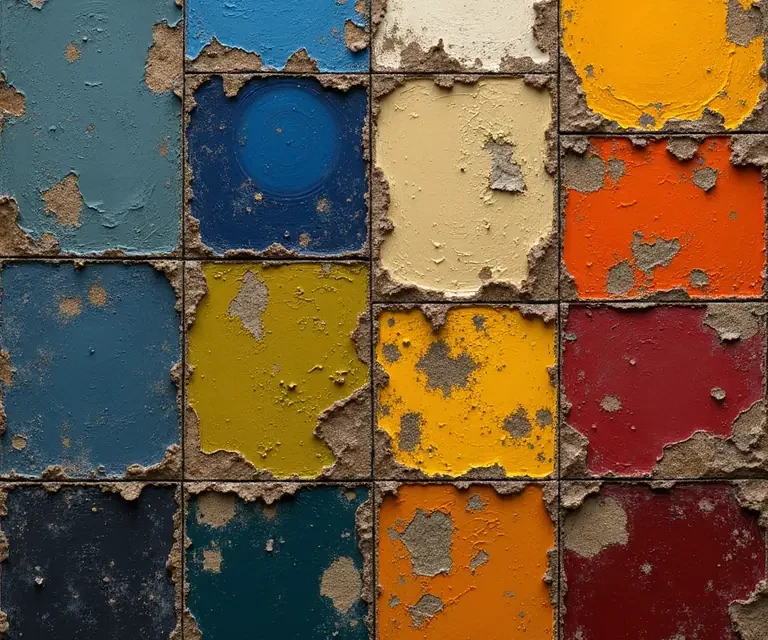

 The Curious Science of Automaton Portraits: Likeness, Legacy, and Lost Art
The Curious Science of Automaton Portraits: Likeness, Legacy, and Lost Art  The Surprisingly Consistent Science of Historical Dye Recipes: From Ancient Textiles to Modern Pigments
The Surprisingly Consistent Science of Historical Dye Recipes: From Ancient Textiles to Modern Pigments 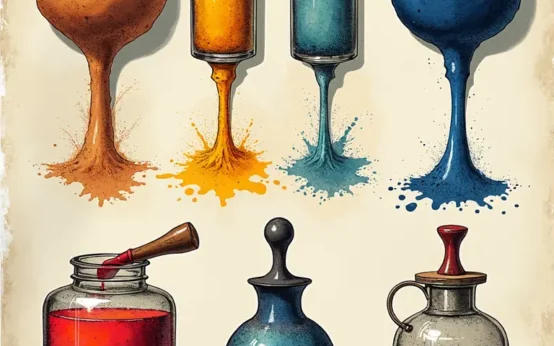 The Surprisingly Consistent Science of Ink Formulation: From Sepia to Modern Pigments
The Surprisingly Consistent Science of Ink Formulation: From Sepia to Modern Pigments 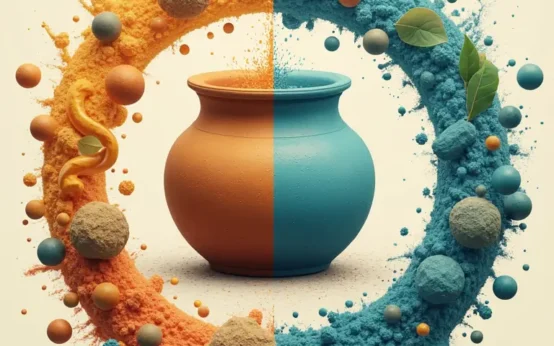 The Unexpectedly Consistent Science of Soapmaking: From Ancient Recipes to Modern Chemistry
The Unexpectedly Consistent Science of Soapmaking: From Ancient Recipes to Modern Chemistry 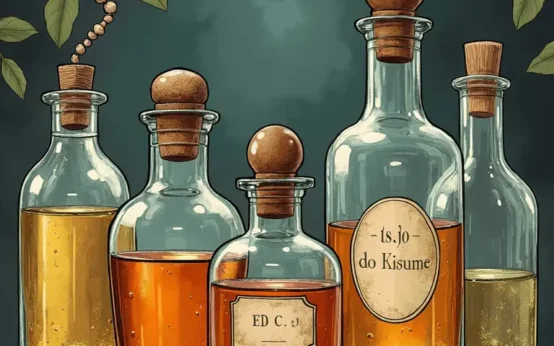 The Surprisingly Consistent Science of Vintage Perfume Formulation – Beyond Scent, a History of Chemistry
The Surprisingly Consistent Science of Vintage Perfume Formulation – Beyond Scent, a History of Chemistry 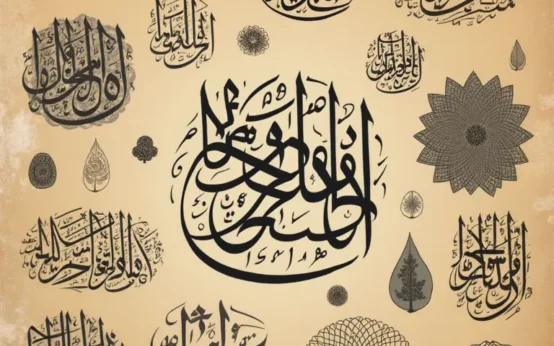 The Unexpectedly Precise History of Calligraphy – From Sacred Texts to Modern Art
The Unexpectedly Precise History of Calligraphy – From Sacred Texts to Modern Art